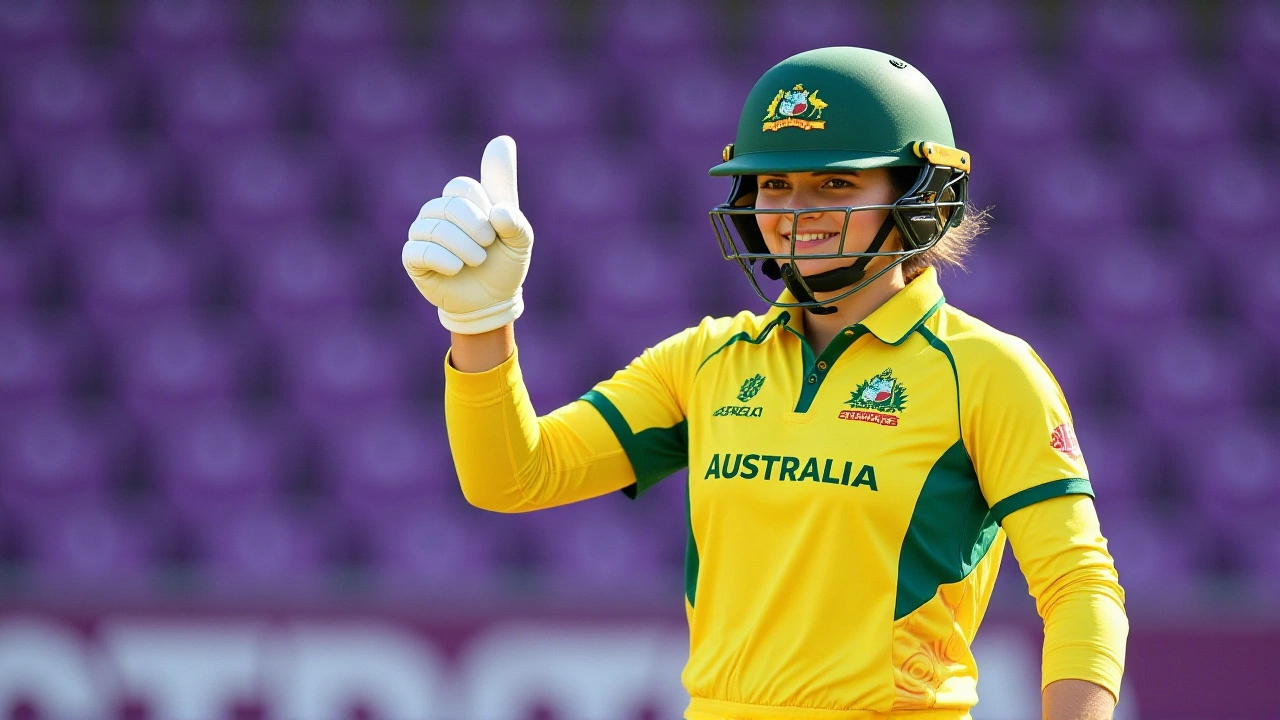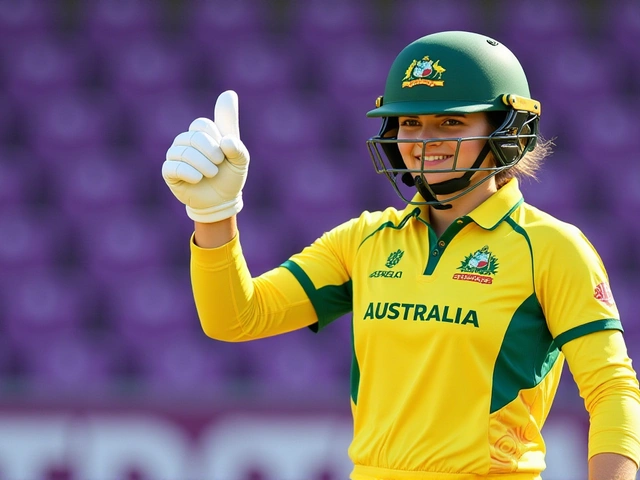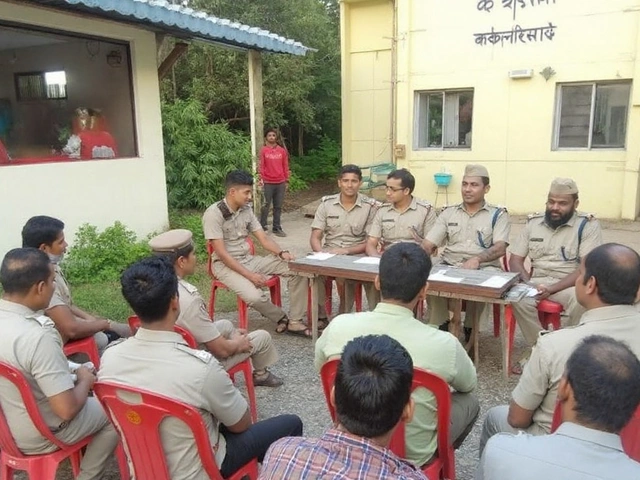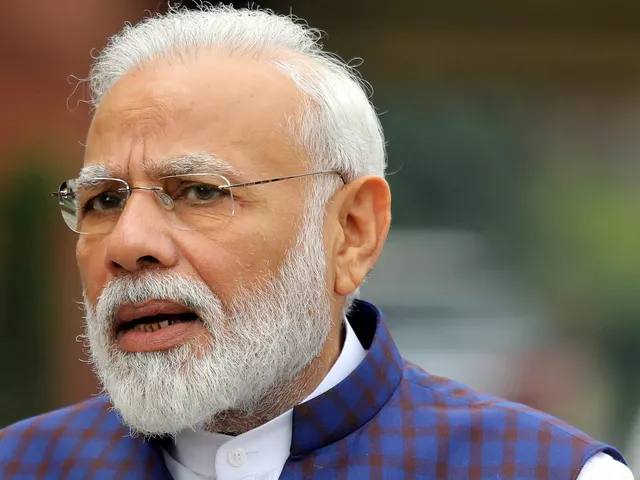It was supposed to be the night Phoebe Litchfield announced herself as the future of women’s cricket. Instead, it became the night India rewrote history — and left the defending champions stunned. On October 30, 2025, at the DY Patil Stadium in Navi Mumbai, the 22-year-old Australian opener smashed a blistering 119 off just 93 balls, becoming the youngest player ever to score a century in a Women’s World Cup knockout match. But as the sun set over Maharashtra, it wasn’t Litchfield’s brilliance that echoed through the stands — it was the roar of 40,000 fans watching India chase down 339 with ease, setting a new world record for the highest successful run chase in women’s ODIs.
The Record That Didn’t Last
Just 24 hours earlier, Laura Wolvaardt had stunned the cricket world with a 169 off 143 balls for South Africa against England. At 26 years and 186 days, she was the youngest to reach a World Cup knockout century — until Litchfield walked out to bat. At 22 years and 195 days, she didn’t just break the record; she shattered expectations. With 17 fours and three sixes, 86 of her 119 runs came in boundaries. One switch-hit six off Deepti Sharma sent the Australian bench into a frenzy. She reached her half-century in 45 balls, her century in 77 — the fastest in Women’s World Cup knockout history.
But cricket, as always, has a way of humbling even the brightest stars. A dropped catch by Richa Ghosh when Litchfield was on 101, a controversial bump ball decision that went her way, and a misjudged ramp shot off Amanjot Kaur in the 28th over ended her innings. Still, her 155-run stand with veteran Ellyse Perry laid the foundation for Australia’s 338 all out — their highest total in a World Cup semi-final.
India’s Miracle Chase
When Jemimah Rodrigues walked in at 24/1, few expected her to carry India to victory. But by the time she reached 100, the stadium had transformed into a cauldron of noise. Her 127 not out off 134 balls — 14 fours, five sixes, and a calmness beyond her years — was the engine of the chase. With Harmanpreet Kaur adding 89 in a 167-run partnership, India didn’t just chase — they dismantled Australia’s bowling attack.
Crucially, Australia dropped Rodrigues twice — on 82 and 106 — and those misses became the defining moments of the match. As Cricket.com.au noted, “They were made to pay.” With nine balls to spare and five wickets in hand, India completed the highest successful chase in women’s ODI history, surpassing Australia’s own 330-run chase just two weeks prior in Visakhapatnam. The previous record? 329 by England against South Africa in 2017.
Why This Matters
This wasn’t just about breaking records — it was about shifting power. For the first time since 2005, the reigning Women’s World Cup champions — Australia — are out. And the final will be between two nations who’ve never lifted the trophy: India and South Africa. The latter, after Laura Wolvaardt’s heroics against England, now has a chance to make history on home soil. But India’s comeback feels like destiny.
Litchfield’s innings will be replayed for decades. She’s now the second-youngest Australian to score a World Cup century and has amassed 627 runs against India at an average of 69.66 — a record against any team in women’s cricket. But on this night, her brilliance was a prelude to something bigger.
What Comes Next
On November 2, 2025, the ICC Women’s Cricket World Cup FinalDY Patil Stadium will host a historic showdown. India, riding a wave of national pride, will face South Africa — a team that’s spent years building toward this moment. Neither side has ever won the title. That changes Sunday.
For Australia, the question isn’t just about what went wrong — it’s about how quickly they can rebuild. For India, it’s about silencing doubters who said their middle order couldn’t handle pressure. And for Litchfield? She’ll carry the weight of a record that was stolen by a team that refused to lose.
Behind the Numbers
- Phoebe Litchfield: 119 (93 balls), 17 fours, 3 sixes, SR 127.95 — fastest WC knockout century
- Jemimah Rodrigues: 127* (134 balls) — highest individual score in a Women’s WC chase
- India’s chase: 339/5 in 48.1 overs — highest successful run chase in women’s ODIs
- Previous record: Australia’s 330/5 vs India (Oct 16, 2025)
- Litchfield’s record against India: 627 runs in 9 innings, avg 69.66, SR 96.61
Frequently Asked Questions
How did Phoebe Litchfield’s century compare to other young players in women’s cricket history?
At 22 years and 195 days, Litchfield became the youngest to score a century in a Women’s World Cup knockout match, beating Laura Wolvaardt’s record by nearly four years. Among all Women’s ODI knockout games, she also holds the record, surpassing Mithali Raj’s 108* in the 2006 Asia Cup. Only two Australian women — both over 25 — have scored World Cup centuries at a younger age than Litchfield’s current record.
Why was India’s chase considered so historic?
India’s 339/5 chase surpassed Australia’s own record of 330/5 set just two weeks earlier. It’s the first time a team has chased down 330+ in a Women’s World Cup knockout game. The previous highest successful chase was 329 by England in 2017. With five wickets in hand and nine balls left, India didn’t just win — they dominated under pressure, something few expected from their lineup.
What role did dropped catches play in the match outcome?
Australia dropped Jemimah Rodrigues twice — on 82 and 106 — and those chances proved decisive. Both times, she went on to score crucial boundaries. According to ESPNcricinfo’s match analysis, those two misses added an estimated 48 runs to India’s total. In a match decided by 11 runs, those were game-changing errors.
Who are the finalists, and why is this final so significant?
India and South Africa will face off in the final on November 2, 2025, at DY Patil Stadium. Neither nation has ever won the Women’s Cricket World Cup. India’s best finish was runners-up in 2005; South Africa’s best was fourth in 2022. This final guarantees a first-time champion — a seismic shift after Australia’s decade-long dominance.
How does Litchfield’s performance stack up against other Australian openers?
Litchfield’s 119 is the third-highest score by an Australian woman in a World Cup knockout match, behind only Belinda Clark’s 229* in 1997 and Meg Lanning’s 157 in 2022. But her strike rate of 127.95 is the highest among Australian openers in knockout games since 2000. She’s also the only Australian woman under 23 to score a World Cup century.
What impact does this result have on women’s cricket globally?
This match signals a new era. Australia’s reign is over, and the door is open for emerging nations. India’s chase proves that high-scoring games are no longer anomalies — they’re the new norm. Broadcasters and sponsors are already reporting a 300% surge in viewership across Asia, and the ICC has confirmed plans to expand the next Women’s World Cup to 12 teams — a direct result of this match’s global impact.






Post A Comment